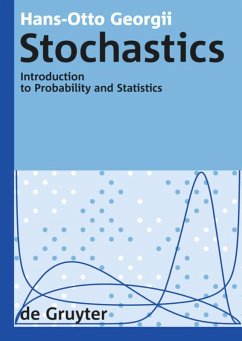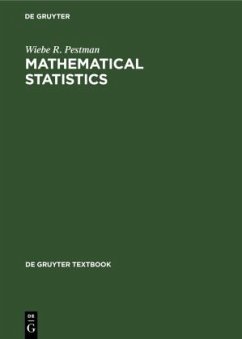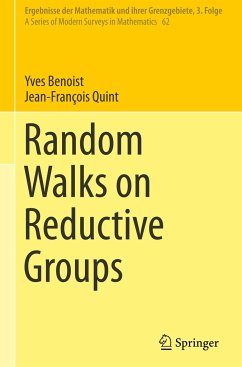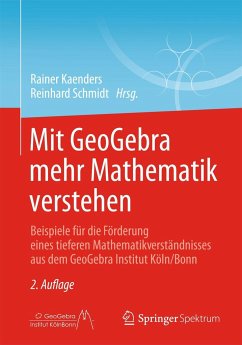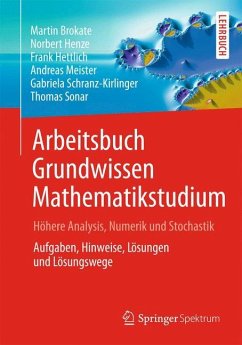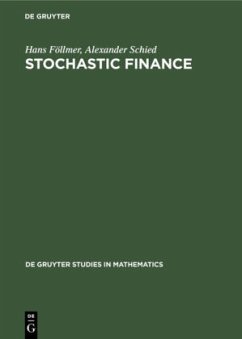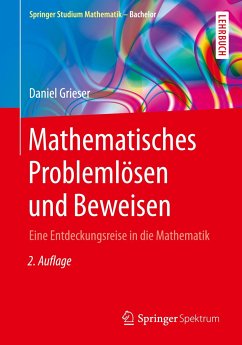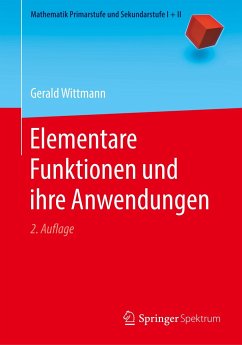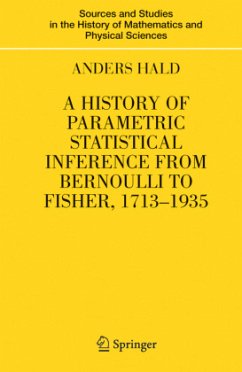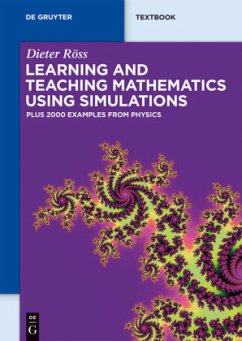
Stochastics
Introduction to Probability and Statistics
Versandkostenfrei!
Versandfertig in 6-10 Tagen
30,99 €
inkl. MwSt.
Weitere Ausgaben:

PAYBACK Punkte
15 °P sammeln!
This textbook, now in its second revised and extended edition, presents the fundamental ideas and results of both probability theory and statistics. It comprises the material of a one-year course, which is addressed to students of mathematics and to scientists with an interest in the mathematical side of stochastics.The stochastic concepts, models and methods are motivated by examples and then developed and analysed systematically. Some measure theory is included, but this is done at an elementary level that is in accordance with the introductory character of the book. A large number of proble...
This textbook, now in its second revised and extended edition, presents the fundamental ideas and results of both probability theory and statistics. It comprises the material of a one-year course, which is addressed to students of mathematics and to scientists with an interest in the mathematical side of stochastics.
The stochastic concepts, models and methods are motivated by examples and then developed and analysed systematically. Some measure theory is included, but this is done at an elementary level that is in accordance with the introductory character of the book. A large number of problems, now in part with solutions, offer applications and supplements to the text.
The stochastic concepts, models and methods are motivated by examples and then developed and analysed systematically. Some measure theory is included, but this is done at an elementary level that is in accordance with the introductory character of the book. A large number of problems, now in part with solutions, offer applications and supplements to the text.




